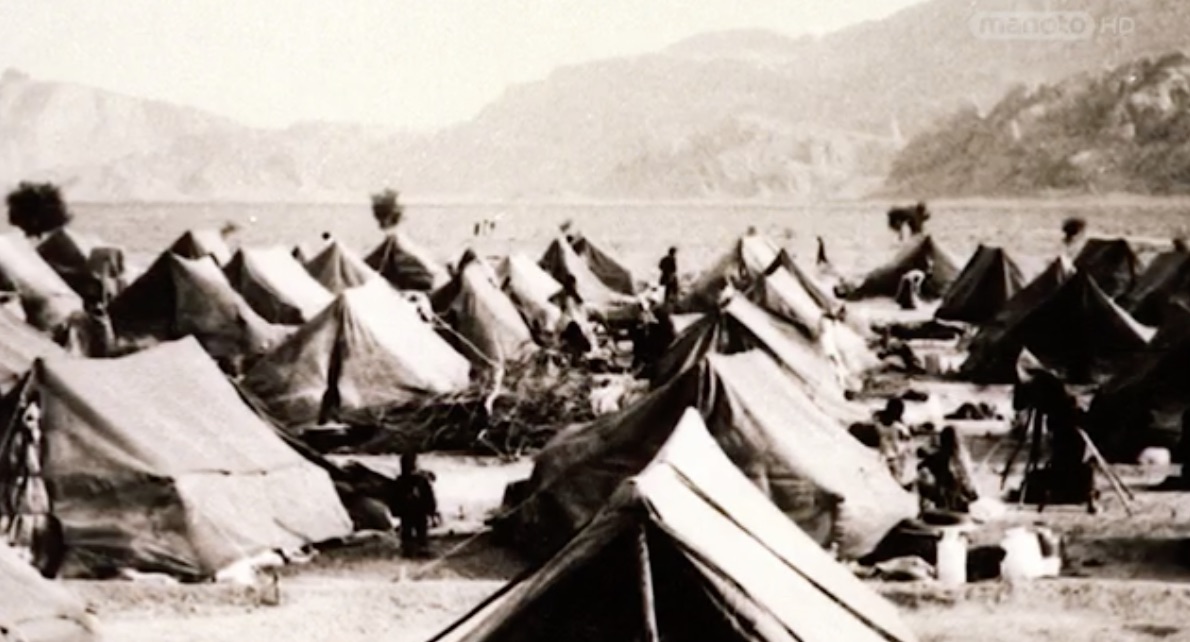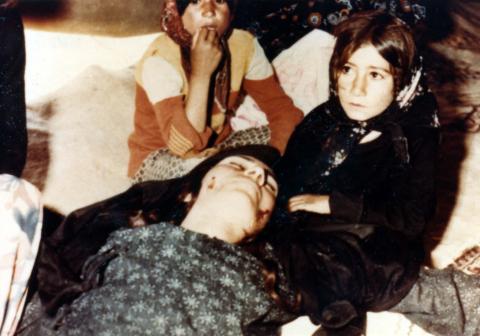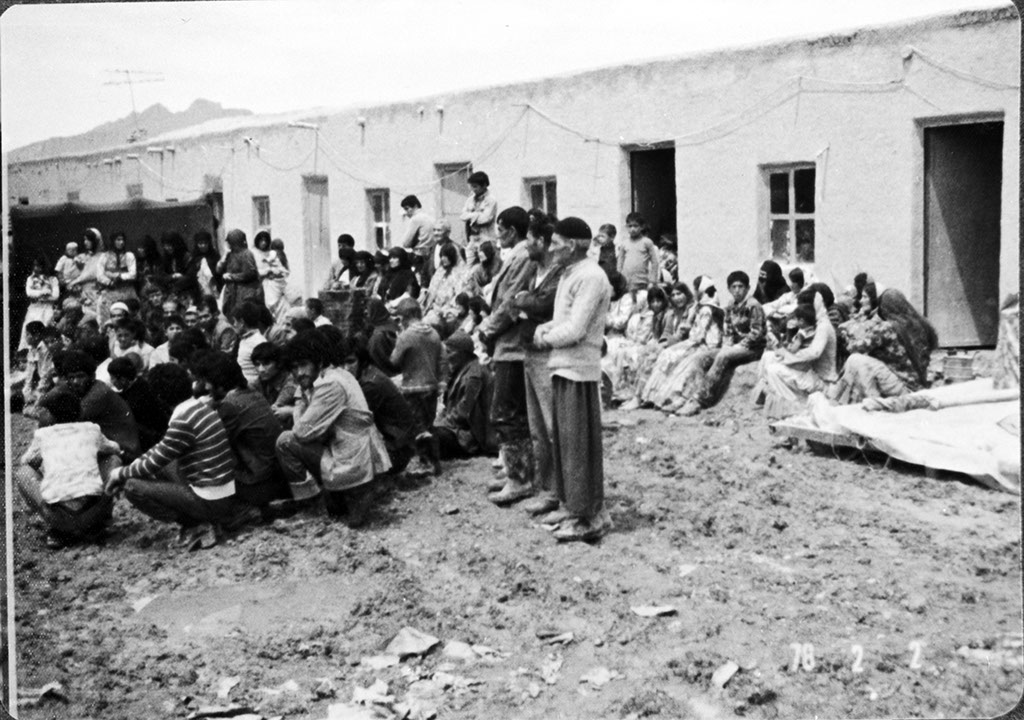Source: www.manoto.news
Translation by Iran Press Watch

Editor’s note: Archives of Baha’i Persecution in Iran has recently released documents about the lives of Baha’is of Kata village in Iran. These Baha’is lived and worked with their Muslim partners in unity and developed the agriculture of the region. After the Islamic Revolution, their lives were put in danger, their properties and lands confiscated and they were forced to leave. The newly released documents confirm how brutally they were treated by the Iranian government officials. Below is an interview conducted by Manoto with Simin Fahandej a representative for the Baha’i International Community, highlighting what was in those documents and the events that transpired in the lives of Kata Baha’is.
NEWSROOM Reporter: One year after the 1979 Islamic Revolution, 2,000 residents of Kata village in the Kohkilouyeh and Boyer-Ahmad Province, succumbed to forced migration, when faced with choices of having to recant their belief, abandoning their ancestral home along with the loss of all their earthly possessions, or death. Baha’is from the village of Kata have been struggling to recover what they lost for more than thirty years. Archives of Baha’i Persecution in Iran recently released certain documents. Today, in an interview with NEWSROOM, Simin Fahandej, a spokesperson and representative for the Baha’i International Community in the United Nations, is a guest in our program, to offer further explanation.
NEWSROOM Reporter: Ms. Fahandej, what did exactly happen in the Village of Kata?
Simin Fahandej: Kata is a village in the southwestern part of Iran and because of its great weather conditions it is well suited for agriculture and farming. Baha’is lived there as farmers for many generations. Prior to the events of 1979, in Kata, the Baha’is and the Muslims coexisted and, through friendship and cooperation, built a fertile and rich village. In the early years following the Islamic Revolution, the clergy came to Kata and gathered the Baha’is, exhorting them to recant their belief in the Baha’i Faith and become Muslims. They threatened the Baha’is with mass execution and confiscation of all their properties if they did not comply.
NEWSROOM Reporter: Were these just threats?
Simin Fahandej: At first, these were threats but when they did not prove effective the clergy decided to take another path. A few months later, 300 armed soldiers invaded the village, attacked the Baha’i homes, attacked the Baha’i villagers and ordered them to make one of three choices:
- To become Muslims,
- to stay in the village and succumb to mass executions, or
- leave Kata village.
Since the Baha’is had no intention to recant their Faith, to survive they were forced to take the third option, i.e. leave their village.
NEWSROOM Reporter: Did they migrate to other places in Iran, or did they leave the country?
Simin Fahandej: At that time, more than 2,000 Baha’is were forced to move to the wilderness outside of the city of Isfahan. They lived in camps that the Baha’i Community of Isfahan arranged for them. Many of these people were elderly and had lived in Kata most of their lives.
NEWSROOM Reporter: Does the newly released documents confirm these events?
Simin Fahandej: Yes, the documents that have been released include photos, videos, and many letters written by the clergy against the Baha’i community at that time, as well as documents related to newspaper articles that highlight the fact that the Baha’is were forced to leave merely due to their religious belief. These letters were written by the Baha’is to the Iranian Authorities.
NEWSROOM Reporter: How was it that these documents were hidden up to now, for so many years?
Simin Fahandej: There have always been limited documents, but never to the extent and volume of the newly released documents.
NEWSROOM Reporter: Based on these documents, what kind of activities has the Baha’i Community undertaken to at least regain what was lost for the children of those impacted.
Simin Fahandej: Let me first point out what the Baha’is in Iran undertook in this regard. Baha’is always take action through legal means. The Baha’is sought relief through legal channels in Iran, including many letters that the affected Baha’is wrote to the appropriate clergies and authorities and even directly to Mr. Khomeini at that time. Unfortunately, none of these proved effective.
NEWSROOM Reporter: There was no response?
Simin Fahandej: No, and the actual verdict issued by the courts required that all the land and property be confiscated from the Baha’is and be given instead to the Muslims in the village. Over time most of the Baha’is left and today, other than very few, very old individuals, there are no longer any Baha’is living there.

NEWSROOM Reporter: Based on the newly released documents, what process is the Baha’i Community planning to undertake, in regard to their rights? If you can please give a quick summary?
Simin Fahandej: Unfortunately, the land and belongings have already been taken away from the victims and these individuals no longer live in Kata. However, the Baha’i International Community’s United Nations Office in Geneva routinely brings items relating to the oppression of the Baha’is to the attention of the United Nations. Kata will be one of many such items.
NEWSROOM Reporter: Thank you for being with us in the studio of the NEWSROOM.
Simin Fahandej: Thank you.




Leave a Reply